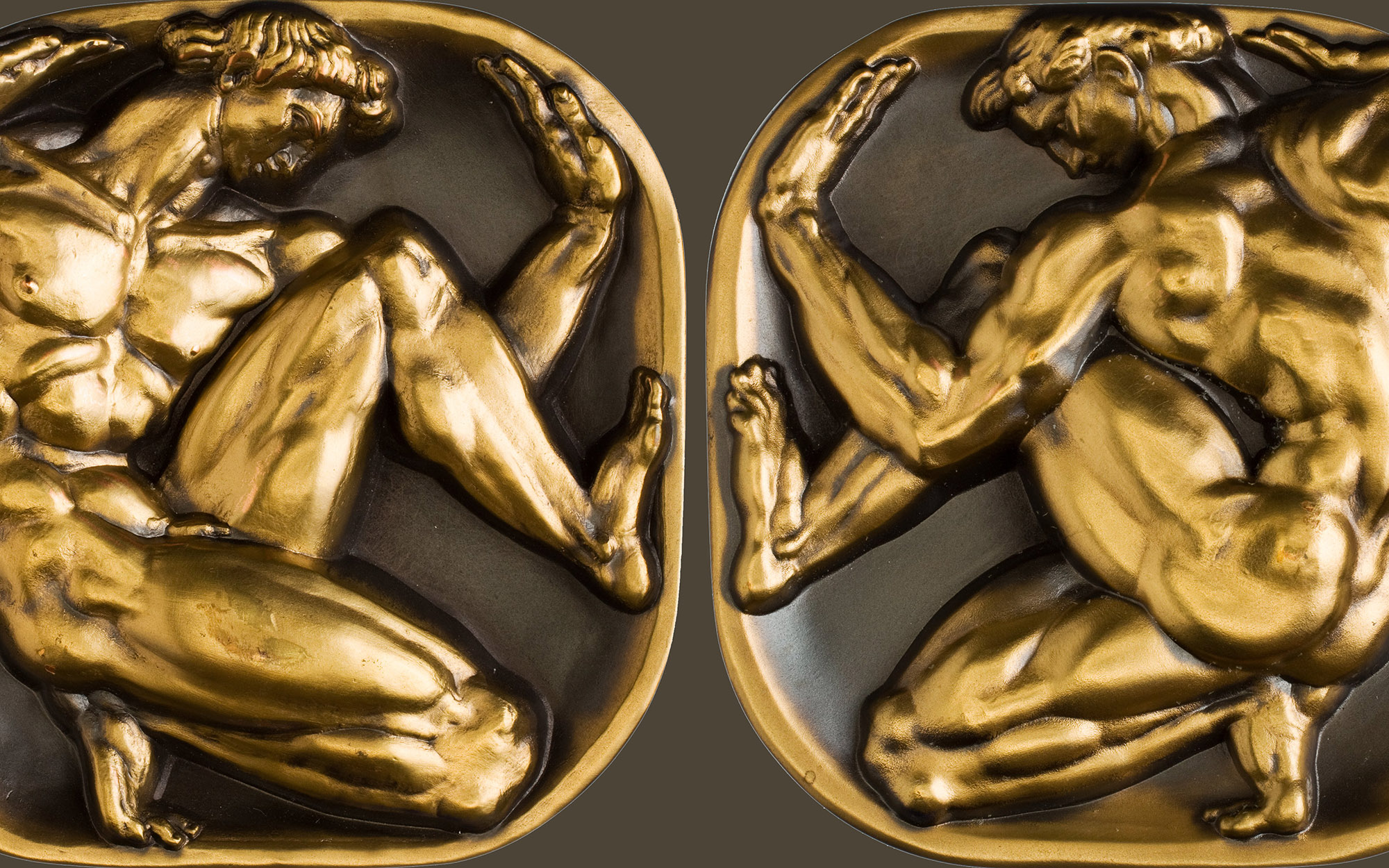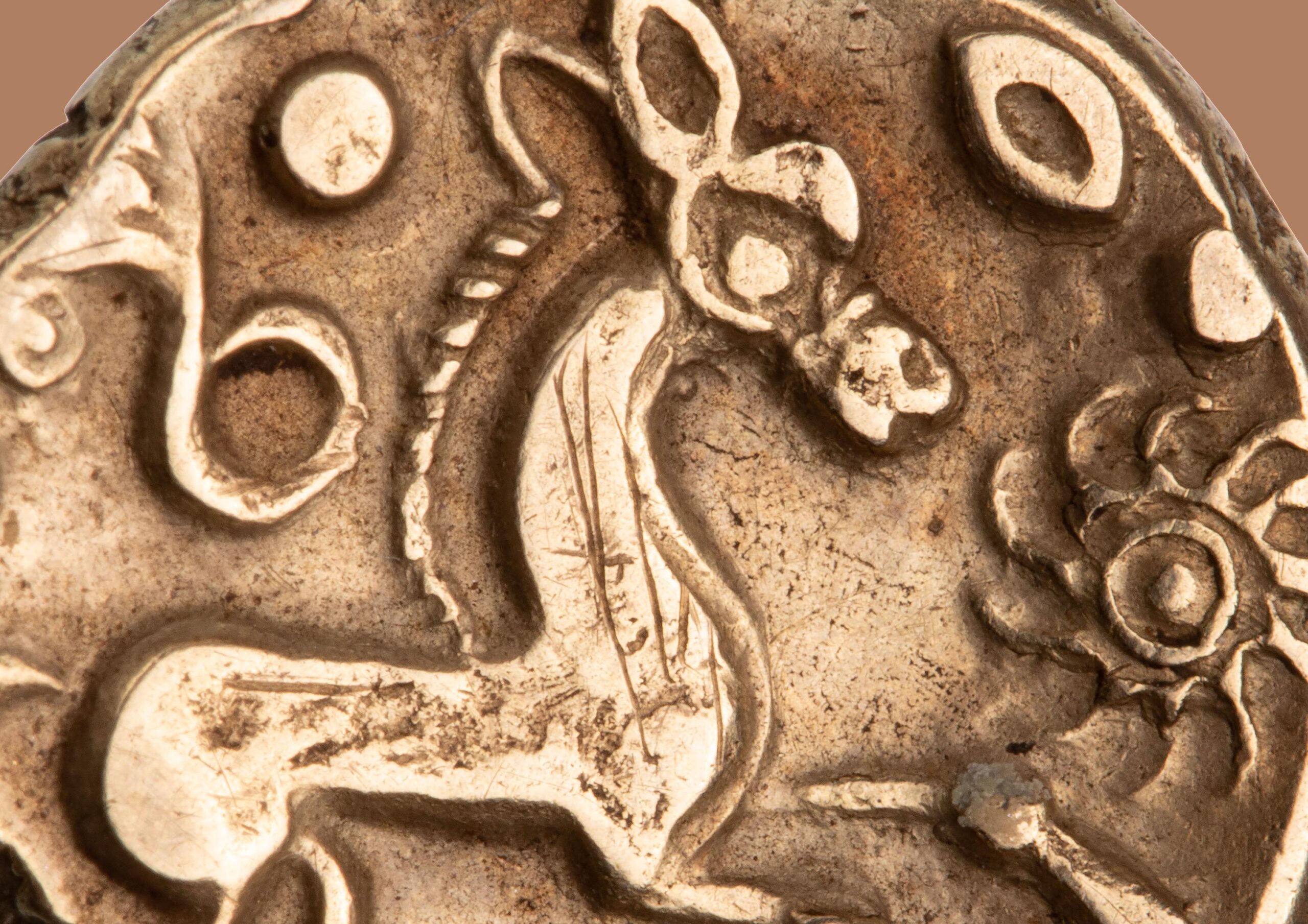Coins and Archaeology on the Island of Stromboli

Before the development of modern technologies like steamships and the railroad, travel and transportation were very significant limiting factors for the economy. Some locations were naturally favorable, such as an agricultural plain where a major river meets the sea. Other locations were naturally unfavorable, such as mountainous inland zones. Human effort could overcome obstacles, if the economic incentives were high enough, as seen in the development of the Alpine passes between Germany and Italy. For the most part, though, the economy followed routes dictated to a considerable degree by natural conditions.
The island of Stromboli presents an apparent paradox in this regard. It is a small volcanic island that has very limited agricultural land and no natural harbor. It is usually habitable, but it was never a major center of population or commerce. However, it is located within sight of Sicily, mainland Italy, and especially the Strait of Messina; all sailing traffic that goes through the strait must go past the island. Thus, although marginal in many ways, it is well situated for connectivity.
Excavations at the site of San Vincenzo on Stromboli have yielded a small sample of coins that provide evidence regarding the island’s connections. These coins, most of which were the subject of an article some years ago in the American Journal of Numismatics, pertain to the late Middle Ages, a period when there were dozens of small states around the Mediterranean Sea. Stromboli belonged to the (Aragonese) kingdom of Sicily, but it was also a border zone. The coins are all denari of more or less base billon, the lowest level of the monetary system—the part that is most concerned with local transactions rather than long-distance trade.

As seen in the map above, most of the coins come from Sicily and southern Italy, which is what one would expect. However, connections to wider economic networks can be seen, even in these low-value coins that had a mostly local circulation. The presence of coins from what are now Spain, France, and Greece is noteworthy and somewhat unusual.
Before the San Vincenzo excavation, the existence of medieval occupation on Stromboli was entirely unknown. Now it is clear not only that a community existed but that it was well-connected to Mediterranean trade networks, despite the relatively marginal location. A few of the results of this excavation have been made the subject of a short documentary film by Pascal Guérin, which has been shown at a number of small festivals in Europe focused on archaeological films.




